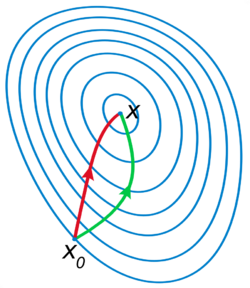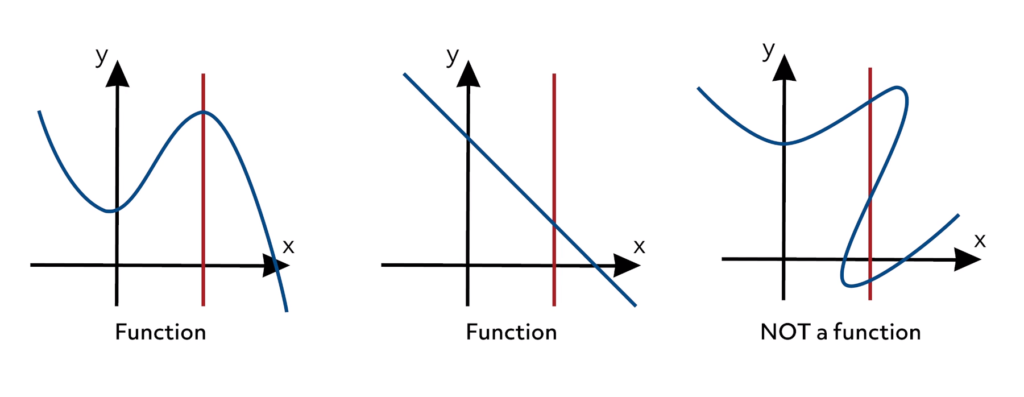📖 Mappings and cardinality#
⏱ | words
Definition
A generic mapping \(f\) from \(A\) to \(B\) is a rule that assigns elements \(x\) of a set \(A\) to elements of a set \(B\). We write
There are four basic types of mappings:
A one-to-one mapping:
\(\forall x \in X\) there is at most one \(f(x) \in Y\); and
\(\forall y \in Y\) there is at most one \(x \in X\) such that \(f(x)=y\).
example: \(f(x) = x\)
A many-to-one mapping:
\(\forall x \in X\) there is at most one \(f(x) \in Y\); but
\(\exists y \in Y\) for which \(\exists x_1 \ne x_2 \in X\) such that \(f(x_1)=f(x_2)=y\).
example: \(f(x) = x^2\)
A one-to-many mapping:
\(\exists x \in X\) for which \(\exists y_1 \ne y_2 \in f(x) \subset Y\); but
\(\forall y \in Y\) there is at most one \(x \in X\) such that \(f(x)=y\).
example: \(f(x) = \{e^x,-e^x\}\)
A many-to-many mapping:
\(\exists x \in X\) for which \(\exists y_1 \ne y_2 \in f(x) \subset Y\); but
\(\exists y \in Y\) for which \(\exists x_1 \ne x_2 \in X\) such that \(f(x_1)=f(x_2)=y\).
example: \(f(x) = \{x,x+1,x+2,\dots\}\)
Mappings of the first two types are referred to as functions. Mappings of the last two types are referred to as set-valued functions or correspondences.
Functions#
Definition
A function \(f: A \rightarrow B\) from set \(A\) to set \(B\) is a mapping that associates to each element of \(A\) a uniquely determined element of \(B\).
typically functions map \(A\) to a (Cartesian product of) set(s) of real numbers \(\mathbb{R}^n\)
Example
Each student gets a set of textbooksis a mappingEach student gets a grade between 0 and 100is a function

Definition
\(A\) is called the domain of \(f\) and \(B\) is called the co-domain

lower panel: functions have to map all elements in domain to a uniquely determined element in co-domain
Example
is a function from \(\mathbb{R}\) to \(\mathbb{R}\). We may also write
Definition
Functions can be:
scalar-valued when \(n=1\), so \(f: A \to \mathbb{R}\)
vector-valued when \(n>1\), so \(f: A \to \mathbb{R}^n\)
univariate when \(A = \mathbb{R}\), so \(f: \mathbb{R} \to \mathbb{R}^n\)
multivariate when \(A = \mathbb{R}^m\), so \(f: \mathbb{R}^m \to \mathbb{R}^n\)
Definition
For each \(a \in A\), \(f(a) \in B\) is called the image of \(a\) under \(f\)
Definition
If \(f(a) = b\) then \(a\) is called a pre-image of \(b\) under \(f\)
Definition
The definitions of image and pre-image naturally generalize to subsets of the domain.
For each \(X \subset A\), \(f(X) = \{f(x): x \in X\} \in B\) is called the image of \(X\) under \(f\)
For each \(Y \subset B\), \(\{x: f(x) \in Y\} \in A\) is called the pre-image of \(Y\) under \(f\)
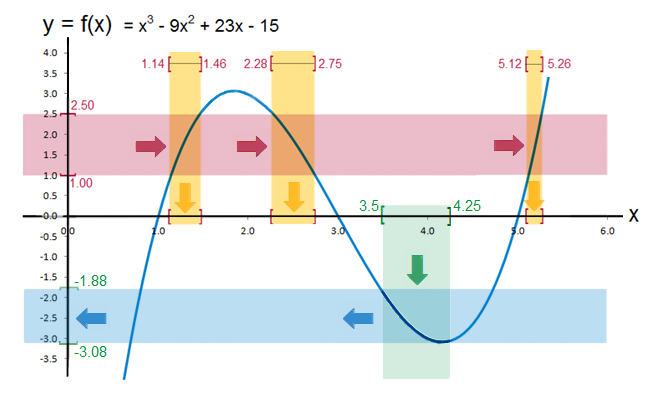
Each point in \(B\) can have one, many or zero pre-images
The co-domain of a function is not uniquely pinned down
Example
Consider the mapping defined by \(f(x) = \exp(-x^2)\)
All of these statements are valid:
\(f\) a function from \(\mathbb{R}\) to \(\mathbb{R}\)
\(f\) a function from \(\mathbb{R}\) to \((0, \infty)\)
\(f\) a function from \(\mathbb{R}\) to \((0, 1]\)
Definition
The smallest possible co-domain is called the range of \(f: A \to B\):

Example
Let \(f: [-1, 1] \to \mathbb{R}\) be defined by
Then \(\mathrm{rng}(f) = [0.8, 2.0]\)
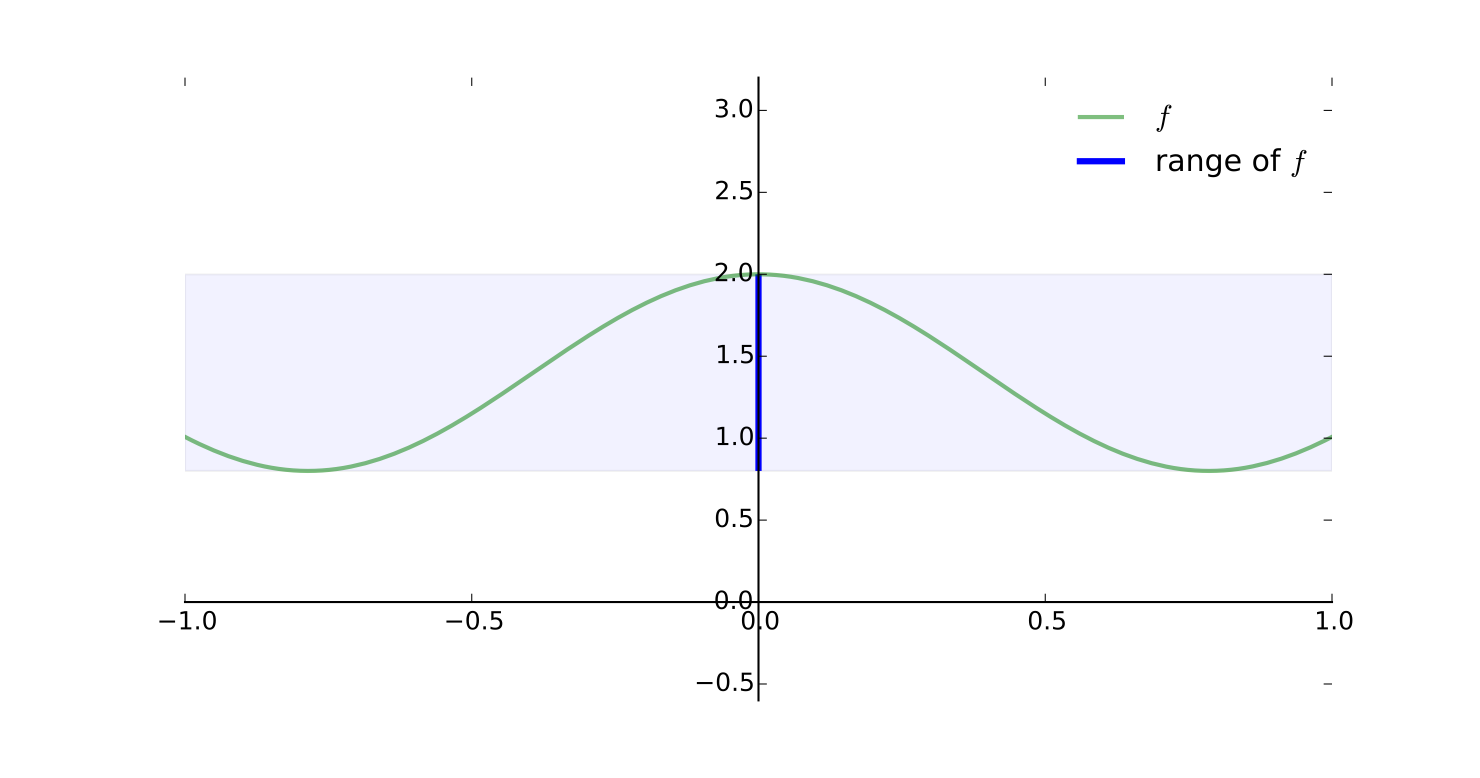
Example
If \( f: [0, 1] \to \mathbb{R}\) is defined by
then \(\mathrm{rng}(f) = [0, 2]\)
Example
If \(f: \mathbb{R} \to \mathbb{R}\) is defined by
then \(\mathrm{rng}(f) = (0, \infty)\)
Compositions#
Definition
The composition of \(f: A \to B\) and \(g: B \to C\) is the function \(g \circ f\) from \(A\) to \(C\) defined by

Example
Let \(f: \mathbb{R} \to \mathbb{R}\) be defined by \(f(x) = x^2\) and \(g: \mathbb{R} \to \mathbb{R}\) be defined by \(g(x) = x + 1\)
Then \((g \circ f)(x) = g(f(x)) = g(x^2) = x^2 + 1\)
Note that \((f \circ g)(x) = f(g(x)) = f(x+1) = (x+1)^2 \ne (g \circ f)(x)\)
Order of components in a composite function matters
The domain of the outer function in a composition must contain the range of the inner function
Onto (Surjections)#
Definition
A function \(f: A \to B\) is called onto (or surjection) if every element of \(B\) is the image under \(f\) of at least one point in \(A\).
Equivalently, \(\mathrm{rng}(f) = B\)

Fact
\(f: A \to B\) is onto if and only if each element of \(B\) has at least one pre-image under \(f\)

Fig. 22 Onto (surjection)#

Fig. 23 Not onto!#

Fig. 24 Not onto!#
Example
The function \(f: \mathbb{R} \to \mathbb{R}\) defined by
is onto whenever \(a \ne 0\)
To see this pick any \(y \in \mathbb{R}\)
We claim \(\exists \; x \in \mathbb{R}\) such that \(f(x) = y\)
Equivalent:
Fact
Every cubic equation with \(a \ne 0\) has at least one real root
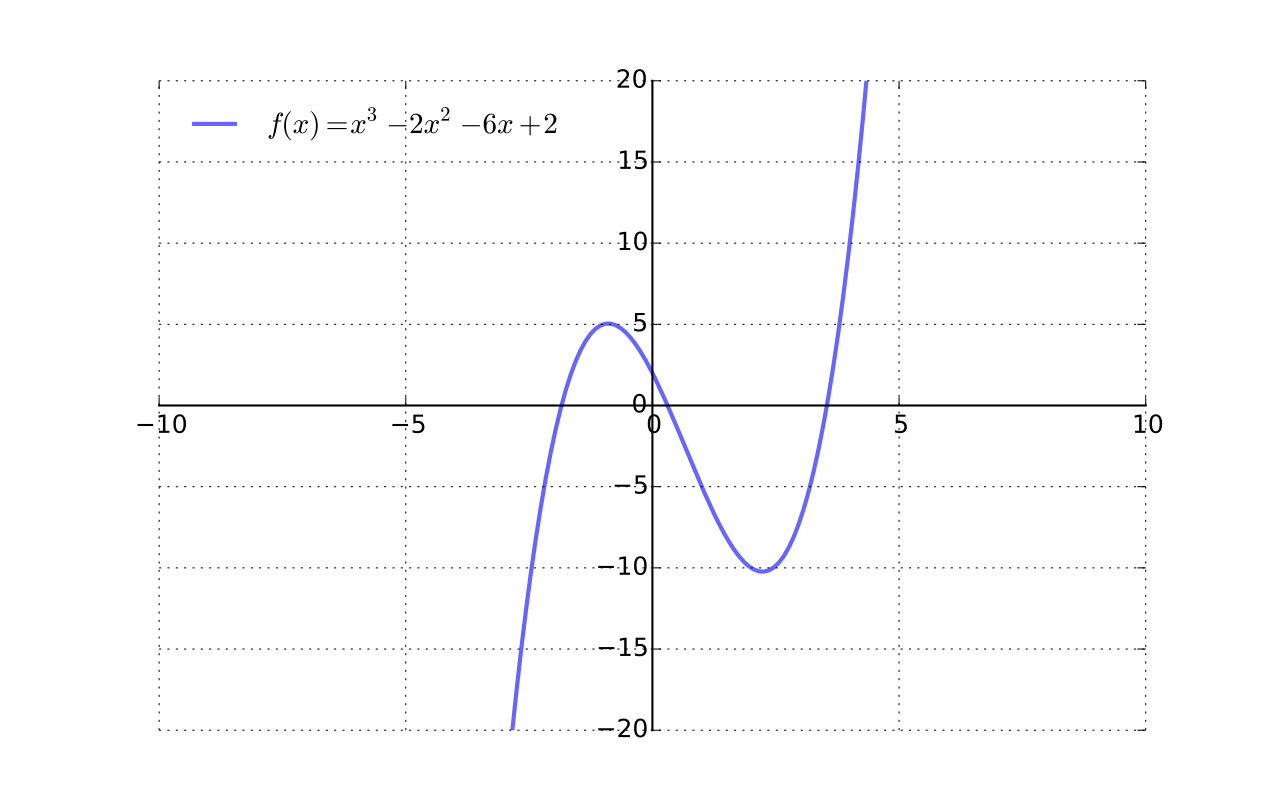
Fig. 25 Cubic functions from \(\mathbb{R}\) to \(\mathbb{R}\) are always onto#
One-to-One (Injections)#
Definition
A function \(f: A \to B\) is called one-to-one (or injection) if distinct elements of \(A\) are always mapped into distinct elements of \(B\).
That is, \(f\) is one-to-one if
Equivalently,
Fact
\(f: A \to B\) is one-to-one if and only if each element of \(B\) has at most one pre-image under \(f\)

Fig. 26 One-to-one#

Fig. 27 One-to-one#

Fig. 28 Not one-to-one#
Bijections#
Definition
A function that is
one-to-one (injection) and
onto (surjection)
is called a bijection or one-to-one correspondence

Fact
\(f: A \to B\) is a bijection if and only if each \(b \in B\) has one and only one pre-image in \(A\)
Example
\(x \mapsto 2x\) is a bijection from \(\mathbb{R}\) to \(\mathbb{R}\)
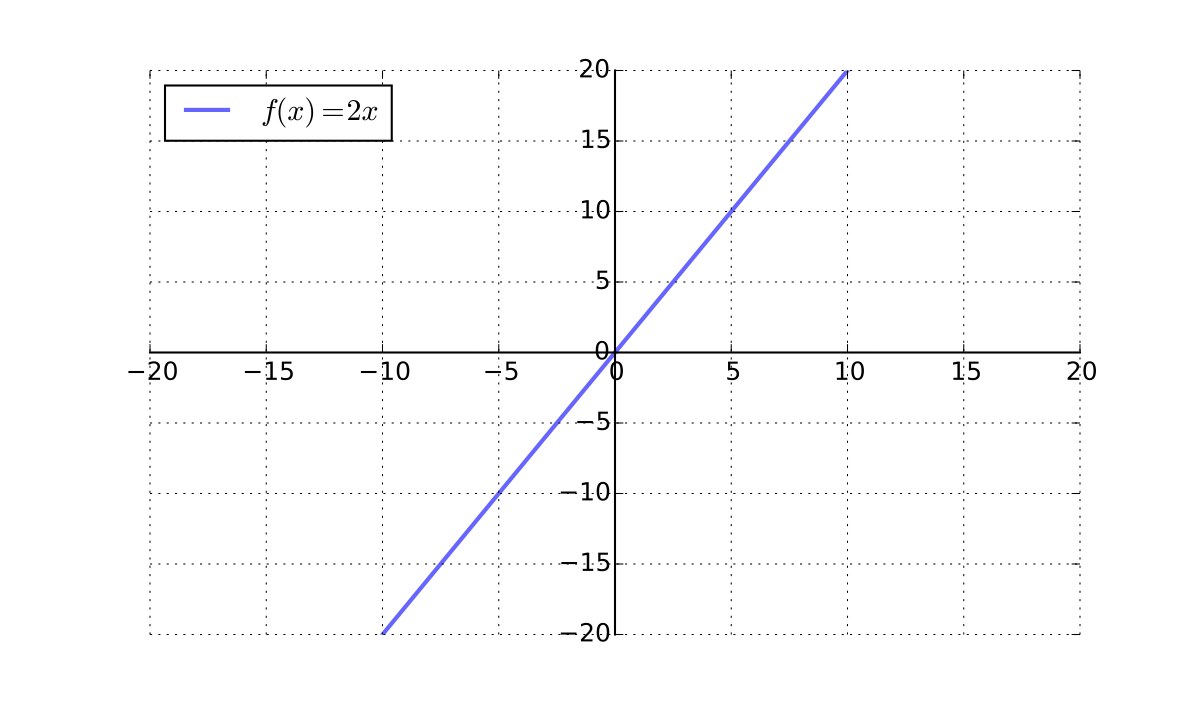
Example
\(k \mapsto -k\) is a bijection from \(\mathbb{Z}\) to \(\mathbb{Z}\)
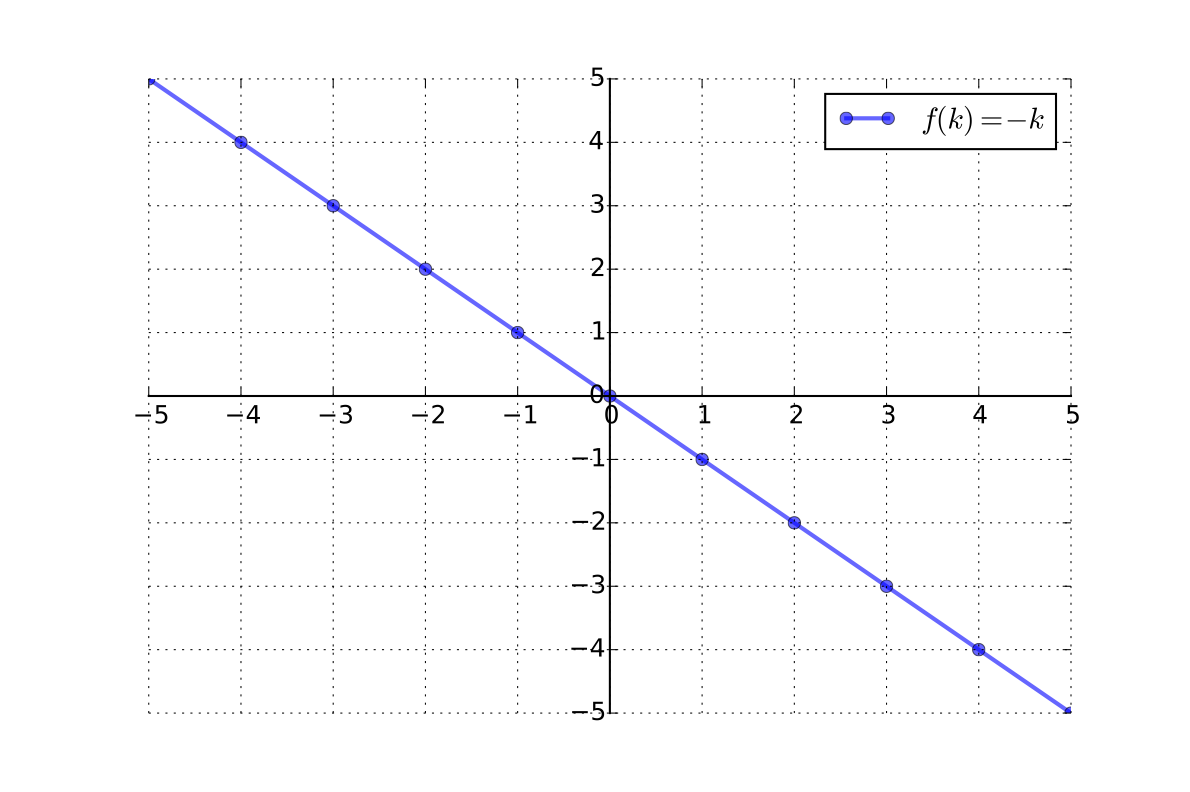
Example
\(x \mapsto x^2\) is not a bijection from \(\mathbb{R}\) to \(\mathbb{R} \)
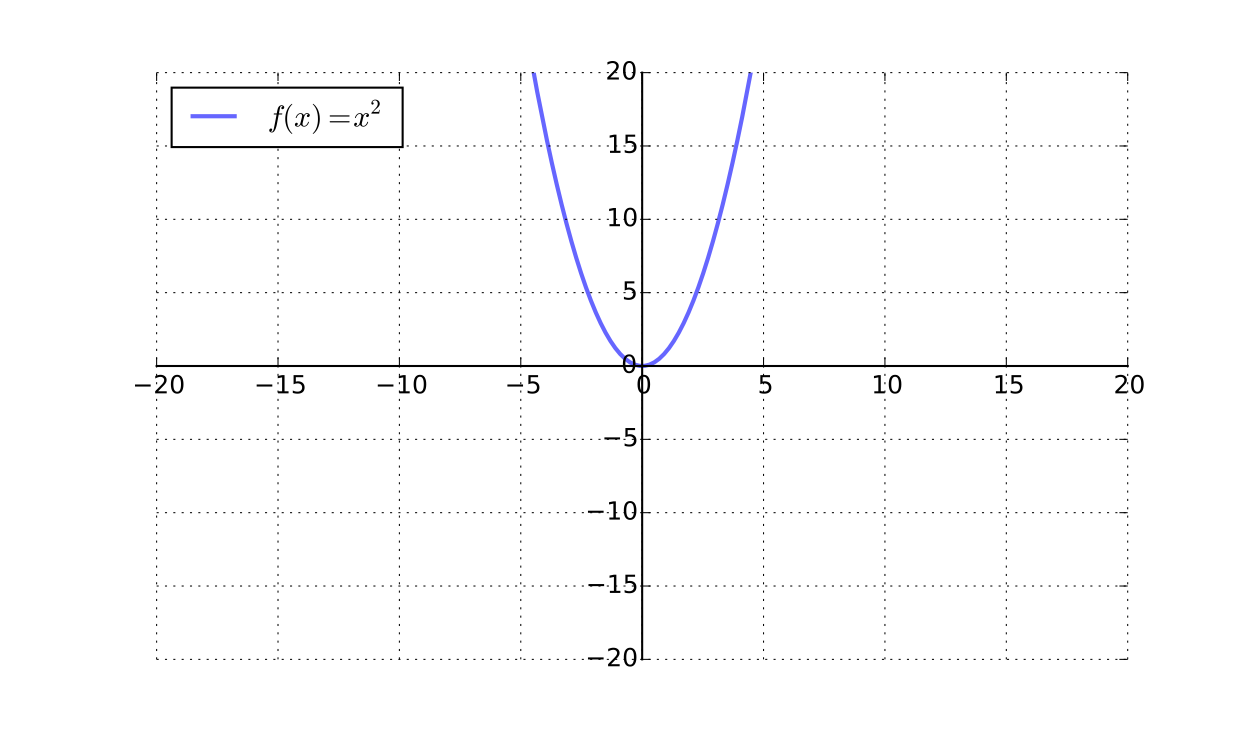
Inverse functions#
Fact
If \(f: A \to B\) a bijection, then there exists a unique function \(\phi: B \to A\) such that
That function \(\phi\) is called the inverse of \(f\) and written \(f^{-1}\)

Example
Let
\(f: \mathbb{R} \to (0, \infty)\) be defined by \(f(x) = \exp(x) := e^x\)
\(\phi: (0, \infty) \to \mathbb{R}\) be defined by \(\phi(x) = \log(x)\)
Then \(\phi = f^{-1}\) because, for any \(a \in \mathbb{R}\),
Fact
If \(f: A \to B\) is one-to-one, then \(f: A \to \mathrm{rng}(f)\) is a bijection
Fact
Let \(f: A \to B\) and \(g: B \to C\) be bijections
\(f^{-1}\) is a bijection and its inverse is \(f\)
\(f^{-1}(f(a)) = a\) for all \(a \in A\)
\(f(f^{-1}(b)) = b\) for all \(b \in B\)
\(g \circ f\) is a bijection from \(A\) to \(C\) and \((g \circ f)^{-1} = f^{-1} \circ g^{-1}\)

Fig. 29 Illustration of \((g \circ f)^{-1} = f^{-1} \circ g^{-1}\)#
Cardinality#
If a bijection exists between sets \(A\) and \(B\) they are said to have the same cardinality, and we write \(|A| = |B|\)
Fact
If \(|A| = |B|\) and \(A\) and \(B\) are finite then \(A\) and \(B\) have the same number of elements (same cardinality).
Exercise: Convince yourself this is true
Hence “same cardinality” is analogous to “same size”
But cardinality applies to infinite sets as well!
Fact
If \(|A| = |B|\) and \(|B| = |C|\) then \(|A| = |C|\)
Proof
Since \(|A| = |B|\), there exists a bijection \(f: A \to B\)
Since \(|B| = |C|\), there exists a bijection \(g: B \to C\)
Let \(h := g \circ f\)
Then \(h\) is a bijection from \(A\) to \(C\)
Hence \(|A| = |C|\)
Definition
A nonempty set \(A\) is called finite if
Otherwise called infinite
Definition
Sets that either are finite, or have the same cardinality as \(\mathbb{N}\), denoted \(|A| = \aleph_0\), are called countable
Fact
A set \(X\) countable if and only if there exists a bijection \(f: X \rightarrow \mathbb{N}\).
Example
\(-\mathbb{N} := \{\ldots, -4, -3, -2, -1\}\) is countable
Formally: \(f(k) = -k\) is a bijection from \(-\mathbb{N}\) to \(\mathbb{N}\)
Example
\(E := \{2,4,6, \ldots\}\) is countable
Formally: \(f(k) = k/2\) is a bijection from \(E\) to \(\mathbb{N}\)
Fact
Nonempty subsets of countable sets are countable
Fact
Finite unions of countable sets are countable
Proof
Sketch of proof for \(A\) and \(B\) countable \(\implies A \cup B\) countable.
Consider \(A\) and \(B\) are disjoint and infinite (the most complicated case)
By assumption, can write \(A = \{a_1, a_2, \ldots\}\) and \(B = \{b_1, b_2, \ldots\}\)
Now count it like so:
Example
\(\mathbb{Z} = \{\ldots, -2, -1\} \cup \{ 0 \} \cup \{1, 2, \ldots\}\) is countable
Fact
Finite Cartesian products of countable sets is countable
Proof
Sketch of proof for \(A\) and \(B\) countable \(\implies A \times B\) countable.
Consider \(A\) and \(B\) are disjoint and infinite (the most complicated case). Now count like so:
Example
\(\mathbb{Z} \times \mathbb{Z} = \{ (p,q) : p \in \mathbb{Z}, q \in \mathbb{Z} \}\) is countable

Fact
\(\mathbb{Q}\) is countable
Proof
By definition
Consider the function \(\phi\) defined by \(\phi(p/q) = (p, q)\)
A one-to-one function from \(\mathbb{Q}\) to \(\mathbb{Z} \times \mathbb{N}\)
A bijection from \(\mathbb{Q}\) to \(\mathrm{rng}(\phi)\)
Since \(\mathbb{Z} \times \mathbb{N}\) is countable, so is \(\mathrm{rng}(\phi) \subset \mathbb{Z} \times \mathbb{N}\)
Hence \(\mathbb{Q}\) is also countable
Example
An example of an uncountable set is all binary sequences
Proof
Sketch of proof: If this set were countable then it could be listed as follows:
Such a list is never complete: Cantor’s diagonalization argument
Cardinality of \(\{0,1\}^{\mathbb{N}}\) called the power of the continuum
Other sets with the power of the continuum
\(\mathbb{R}\)
\((a, b)\) for any \(a < b\)
\([a, b]\) for any \(a < b\)
\(\mathbb{R}^N\) for any finite \(N \in \mathbb{N}\)
Continuum hypothesis
Every nonempty subset of \(\mathbb{R}\) is either countable or has the power of the continuum
Example
\(\mathbb{R}\) and \((-1, 1)\) have the same cardinality because \(x \mapsto 2\arctan(x)/\pi\) is a bijection from \(\mathbb{R}\) to \((-1, 1)\)
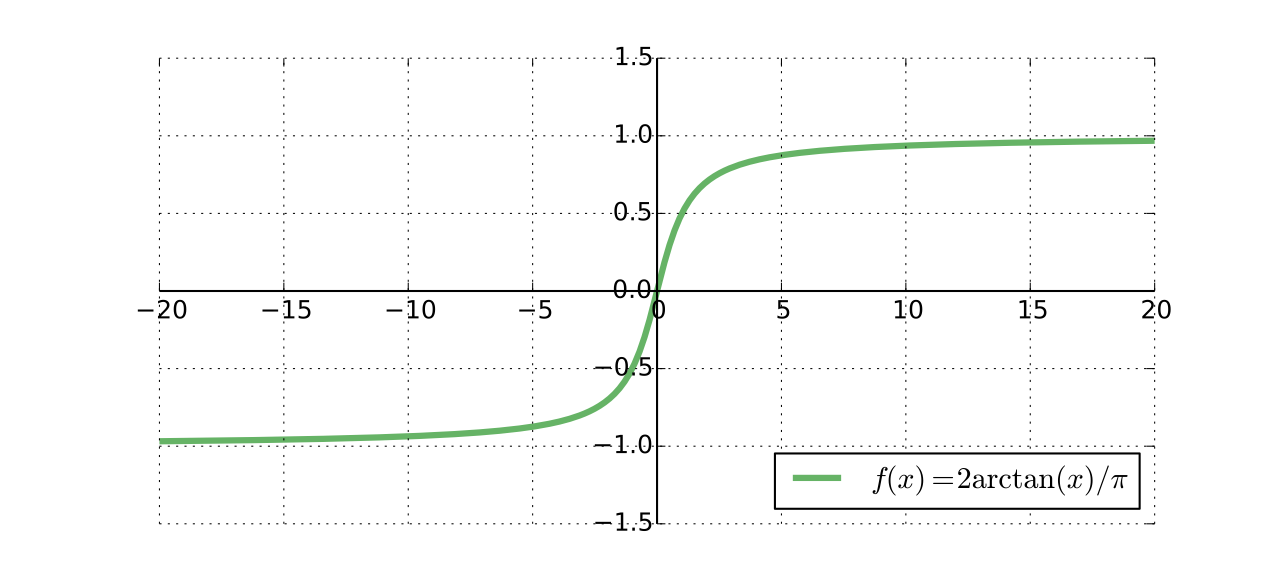
Fig. 30 Same cardinality#
References and further reading#
References
[Simon and Blume, 1994]: 2.1, 2.2, 5.1
